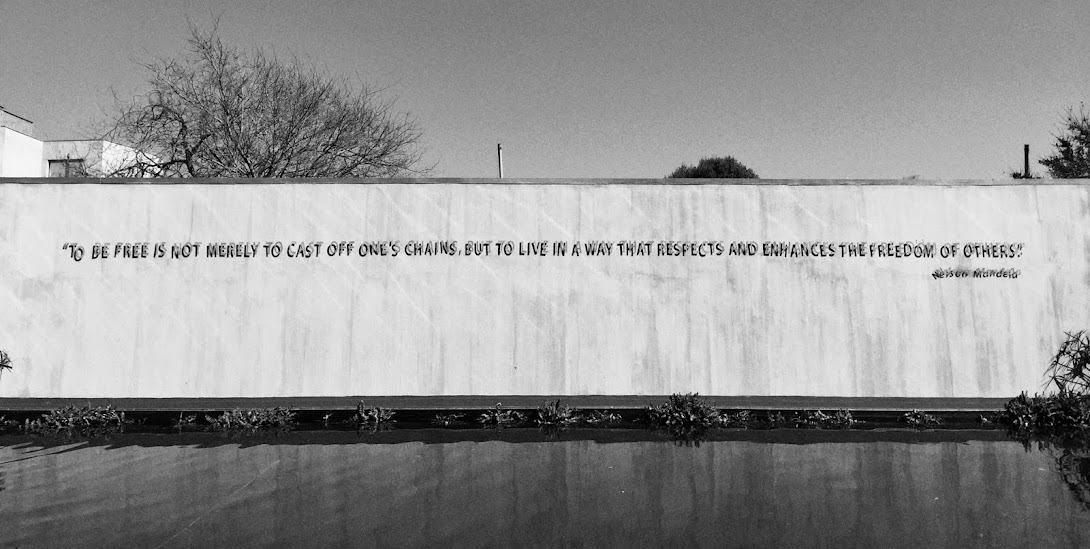**
POST ORIGINALLY PUBLISHED ON COMPASS MAGAZINE BLOG BY SAME AUTHOR
**
Jane Austen thought those who didn’t read were stupid. More precisely, that ‘the person, be it gentleman or lady, who has not pleasure in a good novel, must be intolerably stupid’. My 13-year-old sister would beg to differ. She thinks reading is stupid – because, and I quote, it’s boring. I’ve always been a reader, and a pretentious one at that (think the precocious figure of Roald Dahl’s Matilda), so have never shared my sister’s sentiments. What I did think stupid once upon a time, however, is Geography. The hydrological cycle and demographics of one population or other were in fact ‘intolerably stupid’ in all their bore. If this was Geography, I’d have nothing to do with it, thank you very much. Not even Austen’s ‘what are men to rocks and mountains?’ could convince me otherwise. Yet, beyond the rigidity of a GCSE exam syllabus, geography is perhaps more than anything else about reading. (And I don’t think it intolerably stupid anymore, in case you wondered – even if it retains the trope of a doss degree).
Plato believed reading gave soul to the universe and wings to the mind. A pretentious reference, yes, but also an effective capture of geography’s relation to reading. The etymology of geography grounds the concept, with Greek roots, in writing: gē-graphie, earth-writing. If the verb is writing the earth, its noun is reading this writing and, by extension, the earth. So in reading, I am at core engaging with geography. Take Austen’s Pride and Prejudice. The novel’s writing is geographical for through it Austen explores, translates and comments on the world, whether this be a construction of the rolling rocks and mountains of Derbyshire or a commentary on the patriarchal social conventions of the time. Its reading is equally geographical, for through the novel I engage with the world in particular ways and shape my understanding of it. The same can be said of most writing, almost all of which functions as an engagement with the earth and hence can be analysed for its geographical function.



